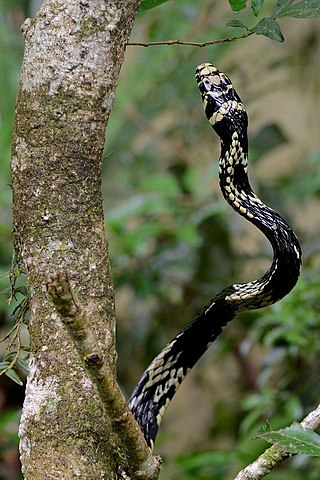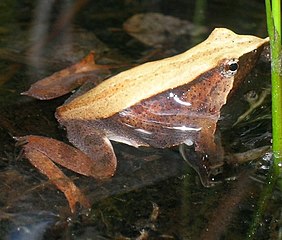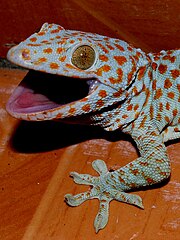Remote-sensing infrared thermometers, or “temperature guns”, have revolutionized reptile and amphibian husbandry. I first used them at the Bronx Zoo, and was instantly hooked. I was under the impression that my experience in herp care had left me with a good “feel” for exhibit temperatures, and the standard thermometers I used confirmed this. That belief was shattered by infrared thermometers, which provide an instant digital read-out when pointed at an animal, surface, or the air.
In several cases, I was able to make major environmental improvements that fostered better health and breeding. Early models were unwieldy, but inexpensive, pocket-sized units are now available to pet-owners. I consider infrared thermometers to be an indispensable piece of equipment for both seasoned keepers and novices alike. My favorite is the Zoo Med ReptiTemp Digital Infrared Thermometer.
 Avoiding “Beginner’s Mistakes”
Avoiding “Beginner’s Mistakes”
The Zoo Med ReptiTemp Digital Infrared Thermometer allows newcomers to our hobby to start-off on a somewhat more advanced level than was possible in days past. By simplifying the process of recording temperatures, this thermometer encourages us to look more deeply into the needs of our pets. The time and effort involved in setting up healthful thermal gradients and naturalistic basking, hibernation, incubation, and nesting sites is greatly reduced. Read More »
 That Reptile Blog – Reptile, Amphibian and Exotic Pet Care and Information
That Reptile Blog – Reptile, Amphibian and Exotic Pet Care and Information




